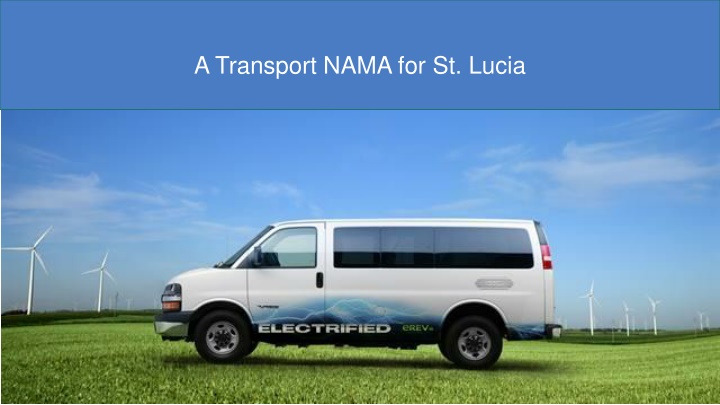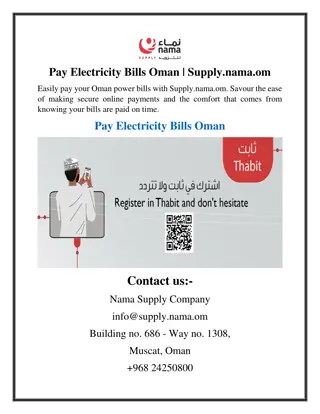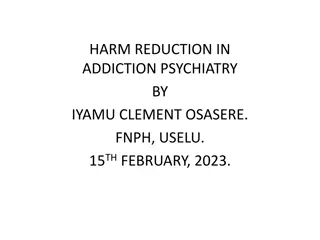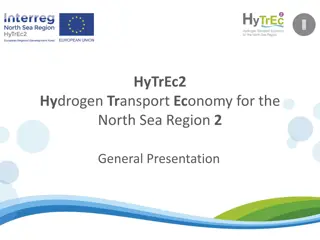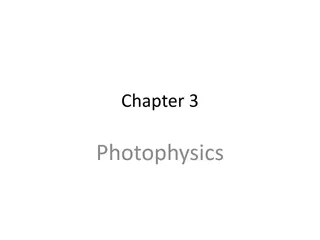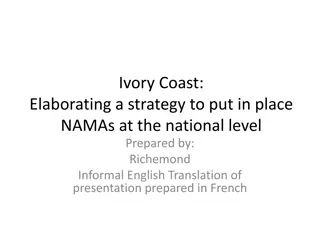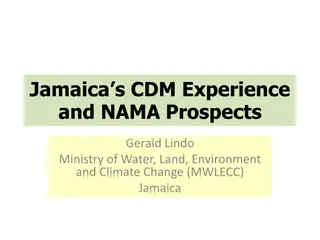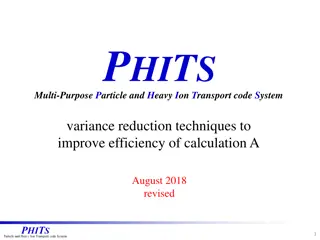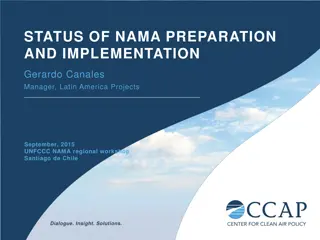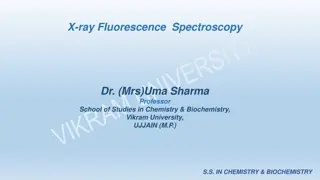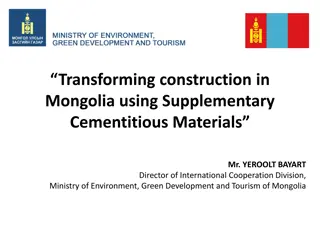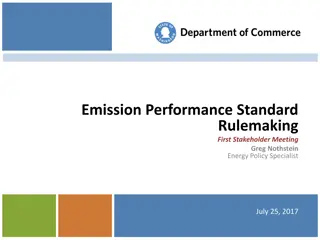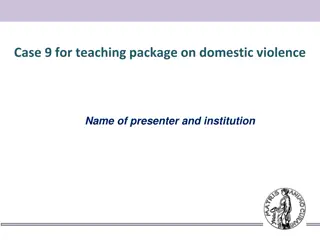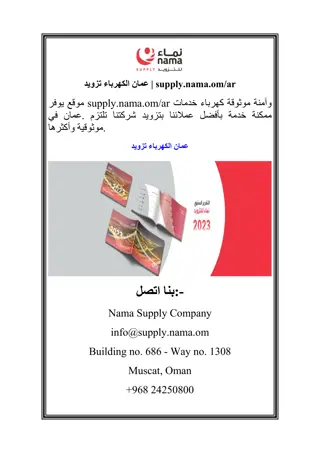Transport NAMA for St. Lucia - Efficiency and Emission Reduction
The Transport NAMA for St. Lucia aims to improve transport efficiency and reduce GHG emissions through a phased approach covering public vehicles. The project excludes emergency response and public buses, focusing on a fleet of 2,500 units. Financing for the pilot phase involves grants for training, vehicle acquisition, infrastructure, and project management. Additional cost considerations include phasing out existing vehicles and resale of batteries. The outcomes will directly contribute to NDC targets by enhancing government vehicle fleet efficiency.
Download Presentation

Please find below an Image/Link to download the presentation.
The content on the website is provided AS IS for your information and personal use only. It may not be sold, licensed, or shared on other websites without obtaining consent from the author.If you encounter any issues during the download, it is possible that the publisher has removed the file from their server.
You are allowed to download the files provided on this website for personal or commercial use, subject to the condition that they are used lawfully. All files are the property of their respective owners.
The content on the website is provided AS IS for your information and personal use only. It may not be sold, licensed, or shared on other websites without obtaining consent from the author.
E N D
Presentation Transcript
Transport NAMA The NAMA will cover all public vehicles, except emergency response vehicles and public transportation vehicles. The former are being excluded since the market for hybrid/electric emergency vehicles is not that well established and Government may not be keen to be first adopters of these crucial vehicles Public Buses have been excluded because St. Lucia primarily uses mini buses and there appears to be no readily available source of hybrid/electric versions of these vehicles NAMA will be undertaken in two phases Phase 1 Pilot of 25 vehicles, Road/Traffic flow analysis, 2 years Phase 2 Remaining 225 vehicles (10% of the GOSL fleet), 8 years
Outcomes The main outcome of the NAMA will be the reduction in GHG emissions as a result of the improved transport efficiency of the Government vehicle fleet The secondary component, in which the project will conduct a study to identify options for scheduling and route rationalization should result in reduced vehicle idle time and further reductions in GHG emissions Contributes directly to the NDC targets
Overall Cost Maintenanc e Infrastructure Capacity Building Central Data Repository Charging Stations Curriculum Support Batteries (after 5 years) Project Management Vehicles Training MRV TOTAL Total Units in the Public Sector 2,500 Percentage to be covered Number Average cost of one unit (EC) 10% 250 12 10 250 140,000.00 Average cost of one unit (US) 51,852 24,000 3,000.00 Total Cost 12,962,963 288,000 30,000 20,000 25,000 750,000.00 500,000 150,000 14,725,962.96
Additional Cost Considerations Phasing out of existing vehicles Resale of batteries Number of units 250 250 Recovery cost per unit 3,704 2,000 Overall recovery cost 925,926 500,000
Financing Phase 1 Phase 1 the pilot phase - will be financed principally through multi-lateral and bi-lateral grants Phase 1 Amount Funding Type Grant Grant Grant Grant Grant Grant Amount Bi-lateral Bi-lateral Multi-lateral Multi-lateral Multi-lateral Multi-lateral Curriculum Support Training Vehicle Acquisition 10% of total) Charging Station Central Repository MRV 20,000 30,000 1,296,296 144,000 25,000 150,000 Project Management Costs and Technical Evaluation and Pre- Assessment(Feasibility Studies, TOR development, Procurement Support) 100,000 Grant Multi-lateral Total 1,765,296
Financing Phase 2 Phase 2 the first upscaling phase- will be financed principally through loans and public-private partnerships Phase 1 Amount Funding Type Amount Curriculum Support Training Vehicle Acquisition 10% of total Charging Stations MRV - - - 10,000 11,666,666.67 Soft Loans 144,000.00 Soft Loans/PPP/BOLT 144,000 Soft Loans IFIs/ International Market Local Market preference Multi-lateral Project Management Costs 400,000 Soft Loans Multi-lateral Total 12,364,667
Transformational Change Savings should allow for the purchase of new vehicles Data gathered will inform the Government s development of in incentives for private sector companies to get involved subsidies, tax reductions/credits, etc. Provides a basis for additional project development (looking into bio-fuels, for example) Growth in the IPP sub-sector Job creation
